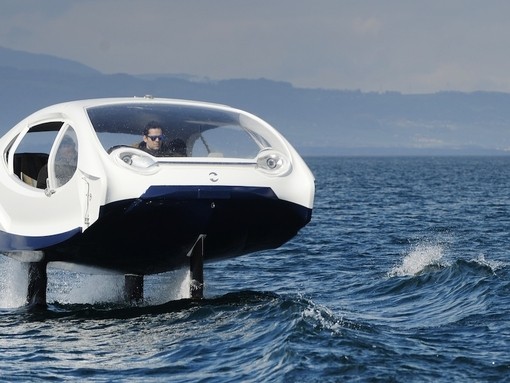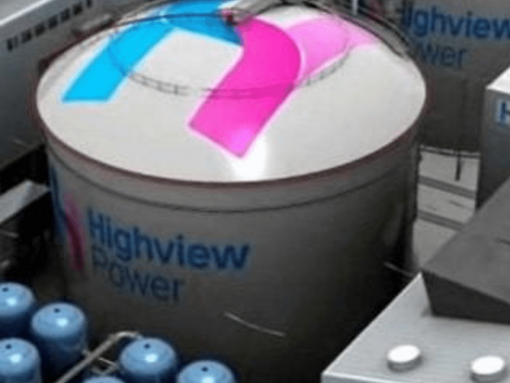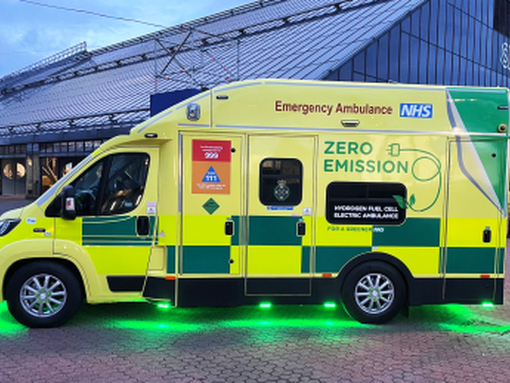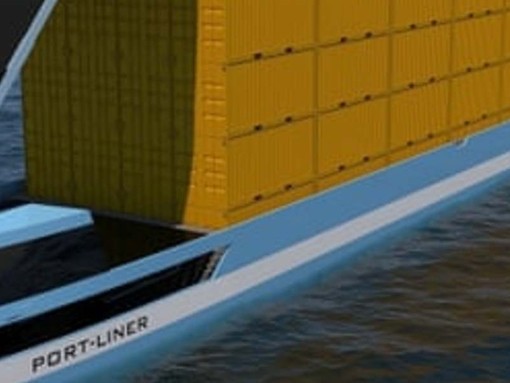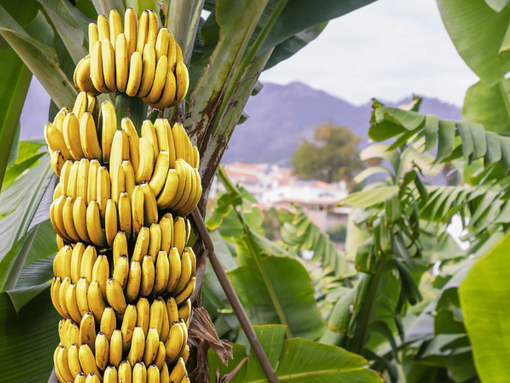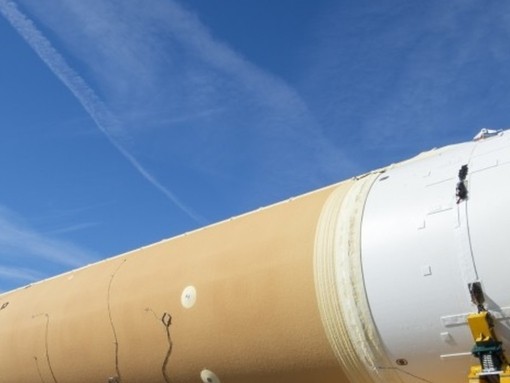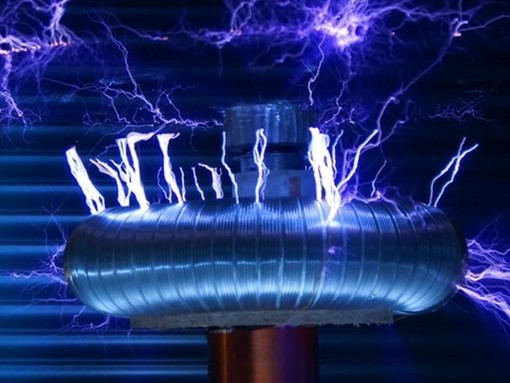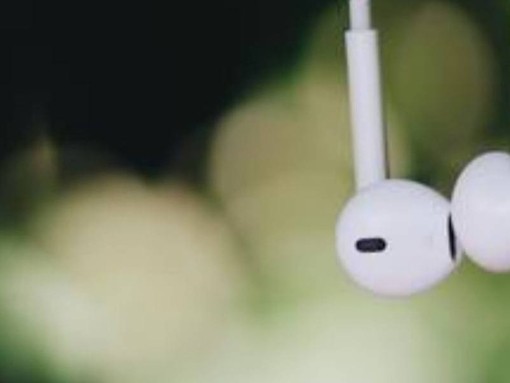
Aerogels - The New Eco-Friendly Way of Recycling Rubber
Researchers at the National University of Singapore have upcycled waste rubber tyres into various aerogels which have a wide range of applications. An advancement that is claimed to be a world first
Aerogel is a synthetic porous ultralight material derived from a gel, in which the liquid component for the gel has been replaced with a gas. In the past few years, the demand for aerogels has grown substantially with the potential to replace conventional insulation with aerogel solutions in the building and construction sector. Other uses for aerogels include:
A chemical absorber for cleaning up spills
Imaging devices, optics, and light guides
As a thickening agent in some paints and cosmetics
As components in energy absorbers.
NASA used an aerogel to trap space dust particles aboard the Stardust spacecraft.
As a drug delivery system owing to its biocompatibility
In water purification
In aircraft de-icing
The new rubber aerogels are believed to be extremely light, highly absorbent, durable and efficient at trapping heat and sound – perfect for many of the main aerogel uses listed above. The new technology now boasts its own patent which the Singapore based team have said promotes a wider use of scrap tyres, offering an eco-friendly way to recycle rubber.
An eco-friendly way of recycling rubber
It is believed that around one million highly durable, yet non-biodegradable tyres are scrapped each year. 40% of which are recycled into low-value-added products with an additional 49% incinerated to generate energy and 11% ending up in landfills.
Associate Professor Duong Hai-Minh, who led the research team from the Department of Mechanical Engineering at NUS Faculty of Engineering said:
“The rate of recycling worldwide remains low because processing used rubber is costly and energy-intensive, coupled with a lack of monetary incentive. Our team has decided to focus on creating rubber aerogels from used rubber tyres because they are a cheap and abundant source of raw materials. By converting waste rubber tyres into high-value aerogels, we could enhance the monetary incentive for recycling rubber and in turn, cut down rubber waste,”
To create the recycled aerogels, researchers have first blended the used tyres into finer fibres, soaked in water and chemical cross-linkers and then dispersed uniformly using a stirrer for 20 minutes. The uniform suspension gel is then freeze-dried at minus 50oC for up to 12 hours to produce rubber aerogels.
In a statement, Assoc Prof Duong said:
“The fabrication process is simple, cost-effective and eco-friendly. The entire production process takes between 12 to 13 hours to complete and it only costs less than US$7 to produce a sheet of rubber aerogel that is 1m2 in size and 1cm thick. The process can also be easily scaled up for mass production. This makes rubber aerogels a commercially attractive product.”
“Potential markets of aerogels are huge. For example, vehicle noise and thermal comfort are vital in vehicle designs – the global automotive heat and sound insulation solution market are expected to reach US$3.2bn by 2022. In addition, the global oil spill management market is expected to reach US$182.7bn by 2025.”



